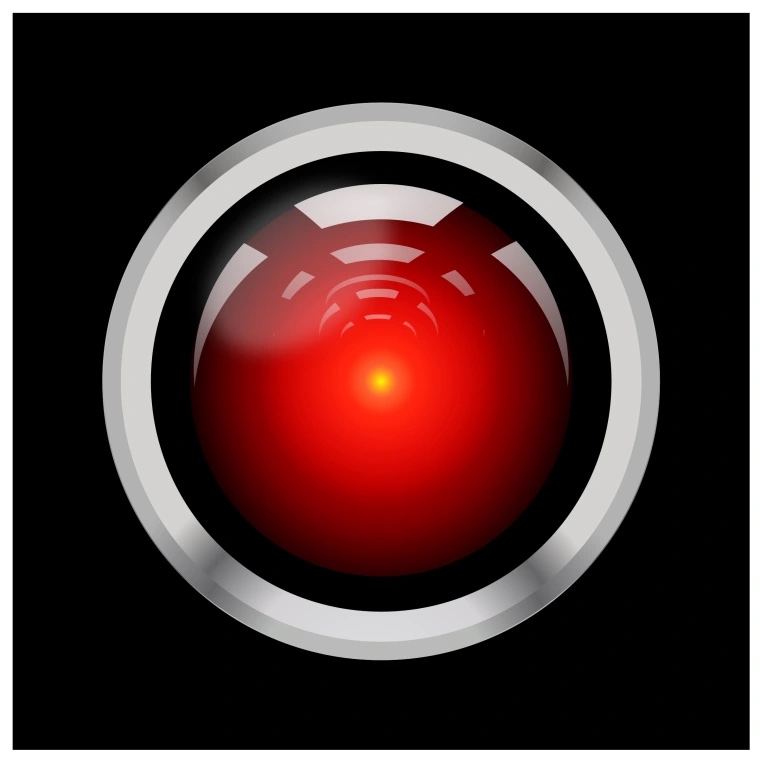From watching The Matrix (1999) this week, I became interested in exploring virtual reality (VR) spaces and AI in our modern time today. There has been a lot of media coverage and research on VR and gaming for recreational use, but I wanted to find other sources where VR could actually be useful in a practical sense. Luckily, I came across this Ted Talk in which Kristen Tamm discusses the benefits of VR and AI in education. He explains how VR spaces can help students in the classroom gain more connections to real world applications. It can also positively impact student engagement where students feel more confident and motivated to learn. Tamm and his team have created a VR arcade company for children, and one of the games was created as a job simulator. It allowed individuals to choose a job and experience what it would feel like to work and be in the same environment. They noticed how players would try and perform certain acts to explore the possibilities of what could happen in that specific scenario or job position. For instance, if they were an office worker, some tried pouring coffee into a printer just to see and discover what could happen. From there, Tamm questioned if more learning games like the job simulator could be beneficial for educational purposes. So, he and other scientists decided to create VR learning experiences for major topics like physics and chemistry. Other VR learning programs have also included: lab trainings, field trips, and skill trainings. Tamm and his team have further created a ChatGPT chatbot for students who find themselves in trouble and need additional help while in VR.
In learning about these VR programs, I think they are very beneficial for students as it allows for an immersive, hands-on experience with class material and the virtual world. As a student, I would have really appreciated this type of technology, especially when taking physics as it heavily involves applications. With a VR experience, it would have created a pathway for me to apply what I learned in class (i.e., physics formulas and problem sets) to real-world scenarios (i.e., examining the acceleration of a car). Thus, I would have felt more engaged with the class material and eager to learn more. Also, I think VR learning programs are beneficial because they create a trial and error model where students can experiment and discover many different scenarios in a virtual sense without experiencing any real-world consequences. Thus, students are free to make mistakes without any drawbacks along with the added benefit of receiving additional help from programs like ChatGPT.
After watching The Matrix, I noticed how VR learning programs closely mimic the virtual experiences in the film. For instance, Tamm’s VR learning programs are reflective of Morpheus and Neo’s training programs, which are set inside a world they simulated apart from the matrix. In both scenarios, they all are receiving a sort of learning whether it involves chemistry or martial arts. Additionally, they both have the freedom to make errors without facing any major consequences. In Morpheus and Neo’s case, they can still survive and keep their mind and physical body intact. Another similarity that I noticed was how Tamm’s ChatGPT function could reflect “Tank” and his abilities to help the other characters in the film when they need help in the matrix. With a simple call, Tank could give them special abilities or get them out of the matrix.
In essence, I really believe that VR and AI technologies can transform education and have a positive impact on student learning. It can foster better classroom engagement and create a better working environment for students. While I believe in its promise, I do question if it would become too reliable for teachers and their styles of teaching. Will they only use VR when giving students examples and activities for class material? Will there be other methods to involve engaging, fun real-world scenarios without relying too much on VR to generate those experiences? In these instances, I hope there will be a balance between VR and real world scenarios because I believe both are important in fostering an enriching environment where students can have access to all possibilities that would aid in their learning experience.

Leave a Reply